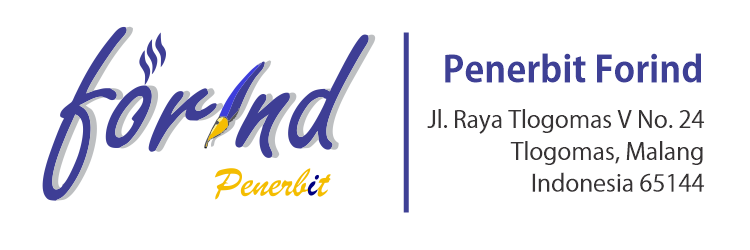HUBUNGAN KOMPOSISI TUBUH DAN TINGKAT AKTIVITAS FISIK DENGAN KEJADIAN NYERI MUSKULOSKELETAL PADA PEKERJA MINIMARKET
Keywords:
Physical activity , Body composition , Minimarket , Musculoskeletal painAbstract
Musculoskeletal pain is acute or chronic pain, either persistent or recurring, that affects bones, muscles, ligaments, tendons, and nerves. According to Riset Kesehatan Dasar tahun 2018, the prevalence of musculoskeletal diseases in Indonesia has reached 7,3%. One of the risk factors is body composition and physical activity. This study aims to determine the relationship between body composition and physical activity with musculoskeletal pain among minimarket workers in Palembang City. An observational analytic study with a cross-sectional design was conducted on 50 respondents. Body composition was measured using Bioelectrical Impedance Analysis, while data on physical activity levels and musculoskeletal pain were collected using the International Physical Activity Questionnaire-Short Form and the Nordic Body Map Questionnaire. The study results show that the majority of minimarket workers had overfat body composition (32%); moderate physical activity levels (46%); and low risk of musculoskeletal pain (38%), with the most common areas of pain were the back and waist (40%). Bivariate analysis using Pearson’s Chi-Square test between body composition and musculoskeletal pain showed PR = 15.625 and p-value < 0.001. Meanwhile, the analysis of physical activity levels and musculoskeletal pain showed PR = 2.311 and p-value = 0.166. Thus, there is a significant relationship between body composition and musculoskeletal pain. However, there is an insignificant relationship between physical activity levels and musculoskeletal pain among minimarket workers in Palembang City.
Published
How to Cite
Issue
Section
Copyright (c) 2025 ASSYIFA : Jurnal Ilmu Kesehatan

This work is licensed under a Creative Commons Attribution-NonCommercial-ShareAlike 4.0 International License.
Attribution-NonCommercial-ShareAlike 4.0 International (CC BY-NC-SA 4.0)
You are free to:
- Adapt — remix, transform, and build upon the material
- The licensor cannot revoke these freedoms as long as you follow the license terms.
Under the following terms:
-
Attribution — You must give appropriate credit, provide a link to the license, and indicate if changes were made. You may do so in any reasonable manner, but not in any way that suggests the licensor endorses you or your use.
-
NonCommercial — You may not use the material for commercial purposes.
-
ShareAlike — If you remix, transform, or build upon the material, you must distribute your contributions under the same license as the original.
- No additional restrictions — You may not apply legal terms or technological measures that legally restrict others from doing anything the license permits.




